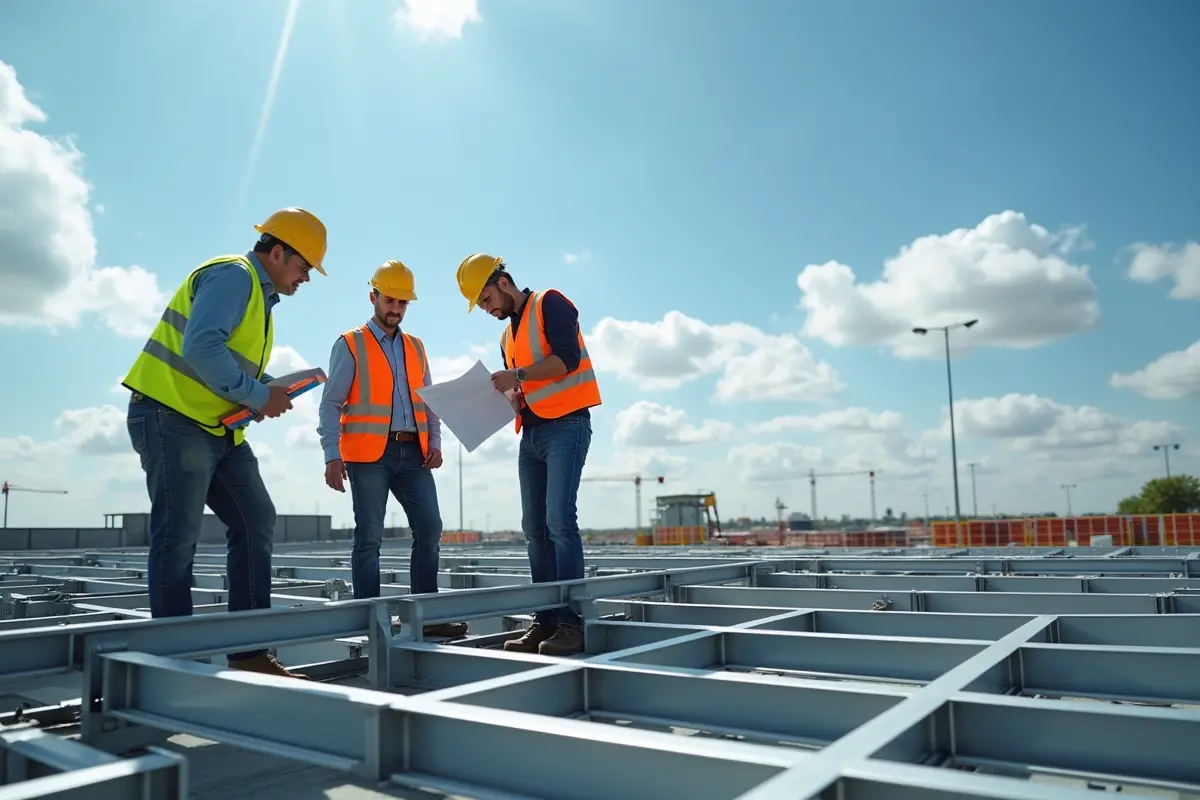Renewable energy — and more specifically, solar power — has gone from buzzword to widespread usage in both domestic and industrial locations.
However, behind these successful projects lies a hidden component: the steel structures for photovoltaic systems. These systems — whose importance is often overshadowed by the solar panels they support — are critical to making sure panels placed on rooftops remain stable, functional, and long-lasting.
Why Steel Is Important for Photovoltaic Installation
Any material considered for a photovoltaic system roof-support structure is evaluated for its ability to bear weight, to function reliably under various environmental conditions, and for its ease of use.
Steel is a favored option, having long been valued in construction for its strength, versatility, and longevity. Unlike more temporary or flimsier materials, steel structures keep panels in place and operational for many decades, even under unusually occurring heavy winds, snow, or fluctuating temperatures.
Structural Considerations for Roof-Only Applications
For any PV project with a roof foundation, the structures must be designed, first and foremost, to take several factors into account:
- Load-bearing: Steel-made frames support solar panels and surface weight in order to avoid imposing extra stress that damages a rooftop.
- Angle enhancement: Manufacturers customize the angles, depending on the directions in which the solar panels are ideally pointed.
- Ventilation: Gaps exist between the rooftop and the actual PV system. Too little or too much space can produce extra heat and create variations in electrical production.
- Cover for weather and humidity: Prevent solar panel corrosion associated with hydrogen gas.
Steel-made structures also contribute to the overall benefits of the longevity of the roof and the PV system itself.
Suitability for All Roofs
Roofs made from all the traditional materials — be they level, dormer, or pitched — all benefit from steel that’s been put in place exactly to accommodate the living quarters. For individual units, steel modules make efficient use of the surface area and are easy to enlarge.
- Flat rooftops: A steel bar frame is capable of angling the solar panels just the right way.
- Dormer rooftops: The steel-structured sub-frame overlays the room itself and breaks up solar panels to join in and form angles.
- Modules: Such projects have steel frames; however, the inner structure needs more dynamic wires made of steel rods before it can be filled and fixed.
Longevity and Sustainability
One of the critical benefits of using steel structures in photovoltaic systems is their long operational life. Rooftop-mounted solar panels are an investment that is expected to generate returns for multiple decades, and the support structures must be selected accordingly. Steel, with the right type of anti-corrosion treatment, is wear-resistant and corrosion-resistant.
Conclusion
Steel structures in photovoltaic systems serve as the backbone for rooftop solar installations. They are cost-effective and durable, and can function optimally with minimal maintenance for a long period.
As we move ahead and solar power continues to carve its niche as it goes mainstream, the deployment of steel support structures for rooftop solar power implementations merely reinforces both the propagation of renewable energy and helps ensure the safety of the underlying structure.
